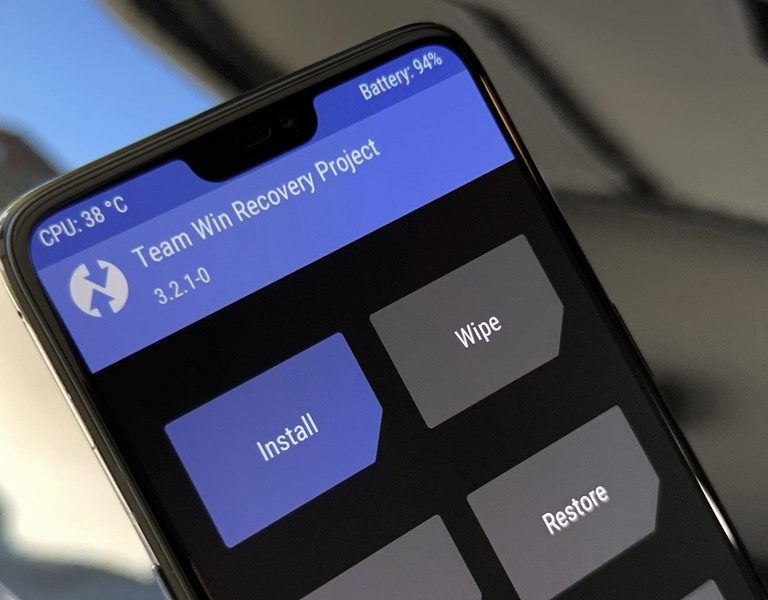Online shopping is the future of trade and the future is now.
No doubt the current state of ecommerce hasn’t reached its full potential and still has a lot of room for improvement. But there’s no reason why your current ecommerce site can’t take full advantage of currently available tools and resources to optimize its functionality and effectiveness.
In this article you’ll be introduced to tips on how to optimize your ecommerce site for SEO and mobile devices (the preferred platform for online shoppers) to give you an edge over competing sites.
Optimize for SEO
- Prioritize content: Not every displayed item on an ecommerce site is a hot ticket item. An online store should identify its most constant and biggest selling items, and place them at the forefront of their site. Ensure these prioritised hot items on the homepage have direct links to their product page because this improves conversion rate and thus, SEO. You can visit sites such as Austin SEO services.
- Use focused keywords: Using commonplace or broad keywords can get you lost in the fray of competing ecommerce sites. Long-tail terms are a good example of keywords to explore, especially when they contain the product name. Use Google Analytics to identify the long-tail keywords most commonly used by shoppers for particular items and incorporate them.
- Don’t restrict your site to one type of content: Not only should your text content be optimized for SEO, but also your image content and other media types by renaming them with relevant keywords. Also optimize alt tags, title tags, Meta title and description.
- Use Screaming Frog to identify website errors: Screaming Frog is a free tool that’ll scour your site’s links, CSS, images, apps and script from an SEO standpoint. After which, it’ll offer you a summary of errors, duplicate pages, redirects, missing header tags, and others found on your site. This information will help you fix these site errors that are negatively affecting your SEO and conversion rate.
- Utilize social media: If your business has an active social media profile, such as on Google+, it increases the likelihood of your site making a prominent appearance on the search results of a potential client.
- Usability: How user friendly your ecommerce site is actually influences its SEO ranking. If navigating your site is easy, more customers will visit your site. Leading to increased traffic which will in turn influence your ranking.
- AMP (Accelerated Mobile Pages): This is a two-for-one strategy because not only does it boost your search engine ranking, it also makes your site more accessible on mobile devices which is the preferred platform for most online shoppers.
Optimize for Mobile devices
If you own an ecommerce website, you should know more and more people are using their mobile devices and not their laptops or PCs for their online activity. To keep your ecommerce site ahead of the competition, you’ll need to tap into this trend by utilising these tips;
- Optimize your website for mobile devices: Making your website more compatible with mobile devices involves upping the loading speed of your site on mobile devices and making sure all your content is compatible for mobile viewing.
A website with poor loading speed leads to dissatisfied and irritated customers which in turn leads to poor sales. Since most of your customers now use their mobiles to access your site, you need to tailor your site to be accessible on your customer’s preferred device.
Most important step in improving your loading speed is to ensure you’re on a web host that offers high speeds and little downtime, like that offered by Umbrellar, BlueHost, 1&1 and other reliable hosts. Shared hosting is ill advised if you hope to cater to more than a thousand shoppers at a time.
To further optimise your content, get rid of all nonessential plugins, pop ups and sidebars, and trim down your content to only what’s important. Also optimise your images by reducing their file size without reducing their quality.
- Optimize navigation: Only essential links such as checkout and product categories should be given visibility priority on your ecommerce site’s mobile version. Other links can be hidden within the menu bar. Also the checkout process should be simplified for customers without them having to jump through too many hoops, such as creating a new account before being able to finalise a transaction.
- Personalize your shoppers’ mobile shopping experience: Most online shoppers first look for stores that can serve their needs in their area. As an online business owner, you can use this to your advantage by going local with shipping and shopping – provide local information to your customers.
You need to tailor what you’re offering your clients to match peculiarities of their location. This can be accomplished by accessing your customer’s location with GPS and using the data to provide a more personalized offer, such as shipping offers, or locally made products etc.
To verify your site is mobile friendly after putting in place necessary changes, simply use tools such as Mobiletest.me which will let you view your site’s appearance on different devices.










+ There are no comments
Add yours